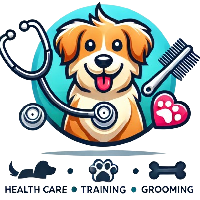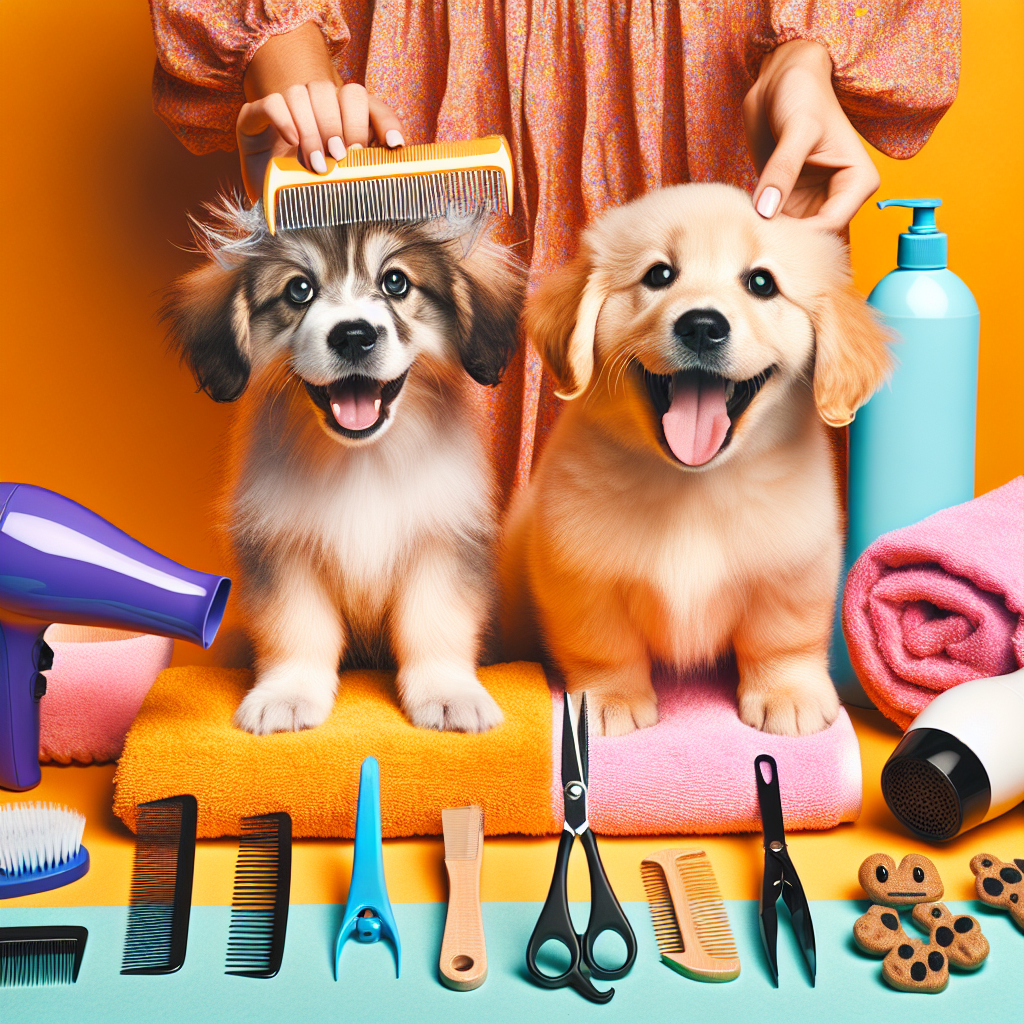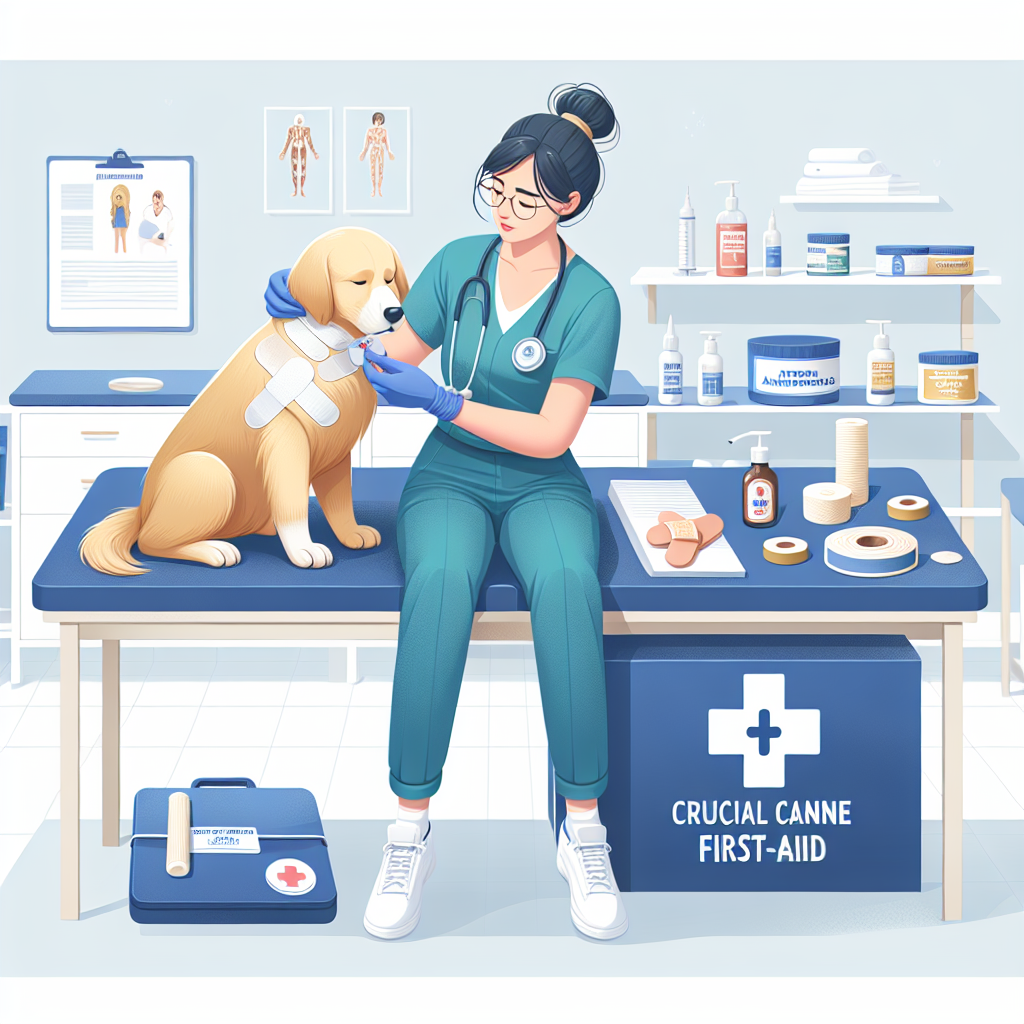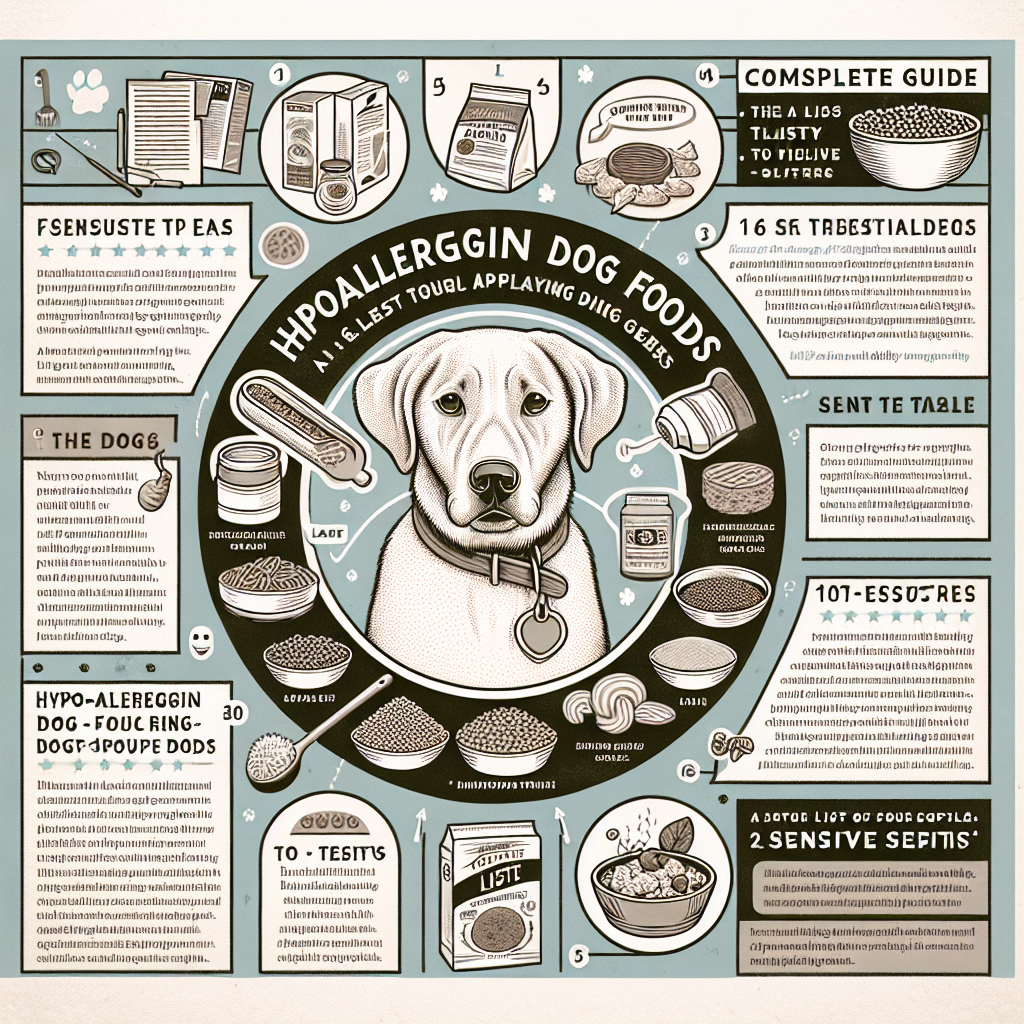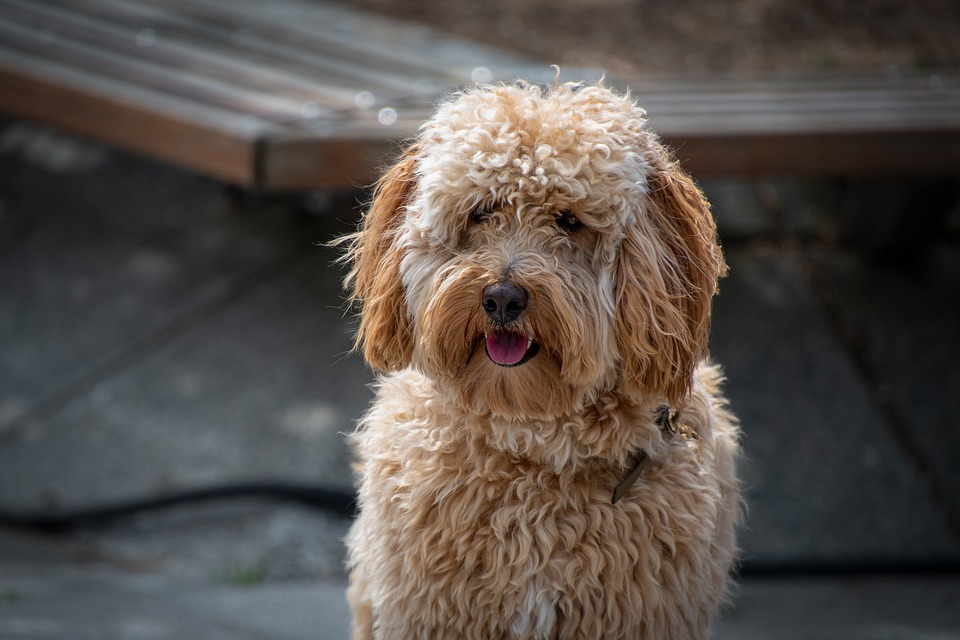
Caring for your dog’s fur is not merely an aesthetic pursuit; it is a vital aspect of their overall health and well-being. Healthy and shiny fur is often an indication that your dog is properly nourished, well-hydrated, and free of diseases. This comprehensive guide delves into the top 10 expert tips for maintaining and nurturing your dog’s fur. We’ll explore nutrition, grooming, hydration, environmental factors, and much more, providing you with actionable advice to ensure your furry friend always looks and feels their best.
1. Optimal Nutrition Is Key
A Balanced Diet
Your dog’s diet directly affects their coat’s health. Ensure that their meals are rich in high-quality proteins, healthy fats, and essential vitamins and minerals. Protein from sources like chicken, beef, and fish helps maintain a strong and vibrant coat.
Omega-3 and Omega-6 Fatty Acids
These fatty acids are crucial for fur health. Omega-3s, found in fish oil, flaxseed, and chia seeds, combat inflammation and promote shiny fur. Omega-6s, abundant in chicken fat, sunflower oil, and evening primrose oil, support skin barrier function and coat luster. Consider supplements if your dog’s diet lacks these nutrients.
Hydration
Water is crucial for maintaining healthy fur as it ensures skin elasticity and hydration. Dehydrated skin can become flaky and dry, negatively affecting the coat. Make sure your dog always has access to fresh, clean water.
2. Regular Grooming
Brushing
Brushing your dog’s fur regularly is paramount. It helps remove dirt, dead hair, and mats that can lead to skin irritations and infections. Different breeds require different types of brushes. For instance, slicker brushes are ideal for longer coats, while bristle brushes work well for short-haired breeds.
Bathing
Frequent bathing keeps your dog’s skin and fur clean and free from parasites. However, over-bathing can strip the coat of necessary oils. Use a mild, dog-specific shampoo and follow recommended bathing frequencies based on your dog’s breed and skin condition.
Proper Tools
Invest in high-quality grooming tools suited to your dog’s coat type. Combs, de-shedding tools, and scissors designed for pet grooming can make a substantial difference in maintaining your dog’s fur.
3. Skin Care
Regular Inspections
Frequent skin examinations help detect issues early. Look for redness, bumps, parasites, or any signs of infection. Early detection can prevent minor issues from developing into serious conditions.
Moisturizing
Just like human skin, your dog’s skin needs moisture to stay healthy. Use veterinarian-recommended moisturizing sprays or creams, especially during dry seasons.
Parasite Control
Parasites such as fleas, ticks, and mites can wreak havoc on your dog’s skin and coat. Use preventive treatments regularly, and ensure your dog’s environment is kept clean.
4. Environmental Factors
Climate Control
Extreme weather conditions can affect your dog’s coat. Indoor heating can dry out the skin, while excessive moisture can lead to fungal infections. Use humidifiers in dry seasons and ensure your dog stays dry during wet weather.
Clean Living Environment
A clean living space is essential. Frequently clean your dog’s bedding and living areas to minimize parasite infestations and skin infections.
Seasonal Shedding
Understand your dog’s shedding patterns. Many breeds have seasonal shedding cycles. During these times, more frequent grooming is necessary to manage excess fur and reduce the risk of mats forming.
5. Professional Grooming Services
Regular Visits
Professional groomers offer services beyond basic brushing and bathing. They can trim nails, clean ears, and provide specialized treatments such as fur conditioning and de-shedding.
Specialized Treatments
Treatments like hypoallergenic baths, hot oil treatments, and fur conditioning can significantly enhance your dog’s coat health. Consult with your groomer or veterinarian to determine the right treatment for your dog.
6. Stress Management
Recognizing Stress
Stress can affect fur health. Signs of stress include excessive grooming, nail-biting, and changes in eating habits.
Alleviating Stress
Ensure your dog gets ample exercise, mental stimulation, and affection. Create a calm and secure environment and consider natural calming aids or consult with a veterinarian for stress management strategies.
7. Regular Health Check-Ups
Veterinary Visits
Regular check-ups with your veterinarian can catch health issues early before they affect your dog’s skin and coat.
Blood Tests
Sometimes, deficiencies in essential nutrients can go unnoticed. Blood tests can identify these deficiencies and allow for dietary adjustments.
Allergies
Identifying and managing allergies related to diet, environment, or grooming products is vital. Allergen-free diets or hypoallergenic grooming products might be necessary.
8. Supplements and Nutraceuticals
Vitamin E
Vitamin E supports skin health and can be found in many dog foods or provided as a supplement.
Biotin
Biotin supplements can improve coat quality, promoting strength and sheen.
Probiotics
Probiotics aid in gut health, which directly relates to nutrient absorption and skin and fur health.
9. Avoid Harsh Chemicals
Natural Shampoos
Opt for natural and organic shampoos free from harsh chemicals, sulfates, and artificial fragrances.
Cleaning Products
Ensure that household cleaning products do not contain components that could irritate your dog’s skin or be toxic when ingested.
Flea and Tick Treatments
Choose products that are effective but gentle. Some treatments can be harsh, leading to skin irritations and fur damage.
10. Personalized Care Routine
Tailoring to Breed Needs
Different breeds have unique grooming needs. Research and understand the specific requirements for your dog’s breed regarding grooming frequency and tools.
Monitoring Changes
Pay attention to any changes in your dog’s coat condition. Sudden changes might indicate underlying health issues that need veterinary attention.
Patience and Consistency
Consistency is key. Establish a routine and be patient with your dog as they adjust to grooming habits.
Conclusion
Healthy and shiny dog fur is an indicator of optimal pet health. A tailored care routine incorporating balanced nutrition, regular grooming, environmental management, and professional care ensures your dog’s coat remains vibrant and strong. By following these expert tips, you can help your furry friend thrive and showcase their beautiful fur all year round. Remember that each dog is unique, and what works for one may not work for another, so always consider individual needs and consult with professionals as needed. Happy grooming!
#ChatGPT assisted in the creation of this article.
